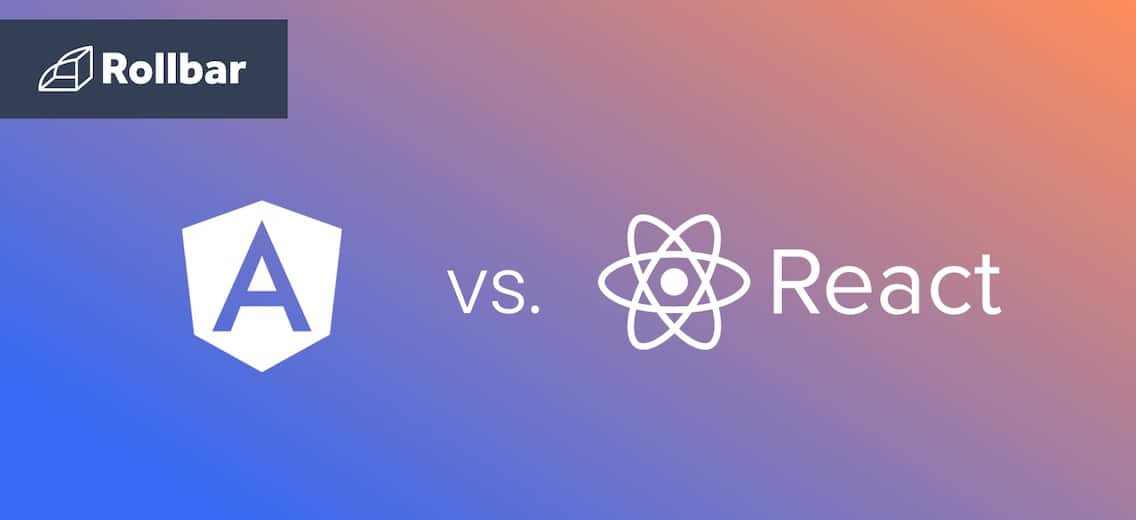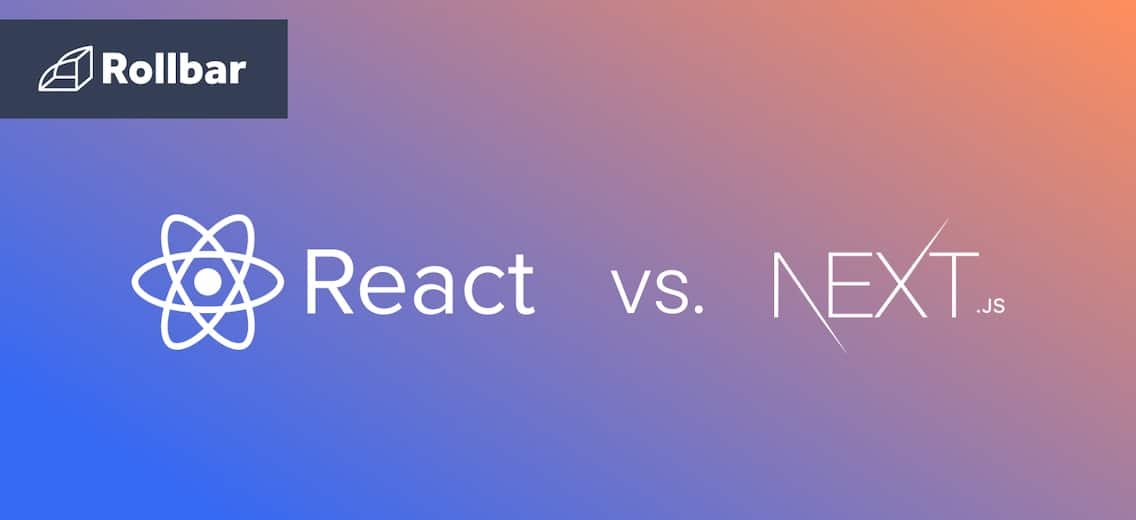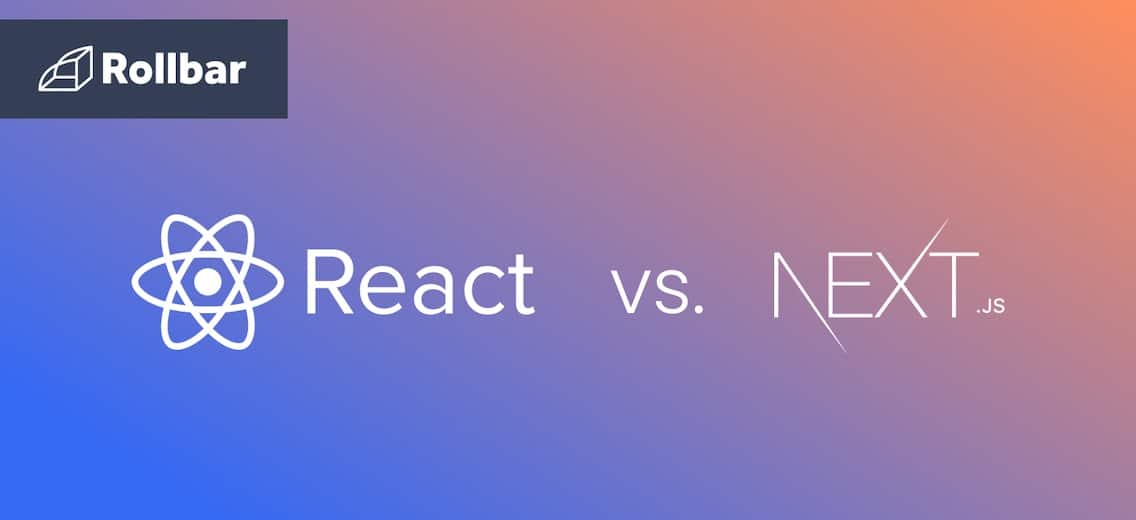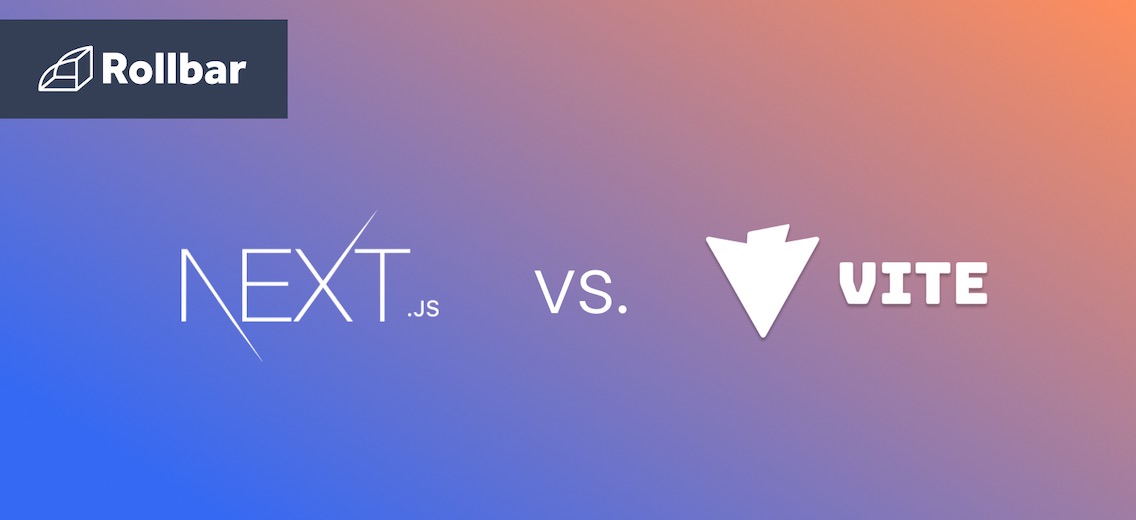In a nutshell, here's the biggest difference between Angular and React:
With Angular, you get a standardized approach to everything. It’s a structured environment that gives you clear direction and all the resources you need within arm's reach, minimizing venturing outside for additional tools or materials.
React, on the other hand, resembles a playground where you're handed the basic building blocks and left to your own devices. It champions a more laissez-faire approach, focusing solely on the UI and entrusting you to select your own adventure with the rest of your stack.
Choosing one over the other can significantly affect both your coding experience and project success. Let's dive into the specifics so you can make an informed choice.
The basics: Angular is a framework, React is a library
Angular is a full-fledged MVC (Model-View-Controller) framework for building web apps with out-of-the-box features like form handling, routing, and state management. Angular uses TypeScript, a superset of JavaScript, offering static typing and classical object-oriented programming features.
React is fundamentally a library focused on building user interfaces. React apps are typically built using additional libraries for routing, state management, and more, giving you the flexibility to choose your tools. React uses JSX, a syntax extension that allows HTML to be written within JavaScript.
Angular provides two-way data binding, React follows a one-way data flow
Angular implements two-way data binding, meaning changes in the UI are automatically reflected in the app state, and changes in the app state are immediately reflected in the UI.
React uses a one-way data flow, where the state flows down from parent to child components through props. State management libraries like Redux or React's Context API are often used to manage state more efficiently in larger applications.
Let’s look at a simple example to illustrate the difference between Angular's two-way data binding and React's one-way data flow. Say you have a text input that updates a greeting message dynamically as you type.
Angular Example with Two-Way Data Binding
Angular uses the [(ngModel)] directive for two-way data binding, allowing you to create a seamless connection between the input element in the template (view) and the component's property (model).
// app.component.ts
import { Component } from '@angular/core';
@Component({
selector: 'app-root',
template: `
<div>
<input [(ngModel)]="name" placeholder="Enter your name">
<p>Hello, {{name}}!</p>
</div>
`,
styleUrls: ['./app.component.css']
})
export class AppComponent {
name = '';
}
In this example, [(ngModel)] binds the input element to the name property of the AppComponent class. As you type in the input field, the name property updates immediately, and the greeting message updates in real time as well.
React Example with One-Way Data Flow
React follows a one-way data flow pattern. Here, we manage the input's state using React's useState hook and handle updates with an onChange event handler. This ensures the UI is updated based on the state change.
import React, { useState } from 'react';
function App() {
const [name, setName] = useState('');
const handleChange = (event) => {
setName(event.target.value);
};
return (
<div>
<input value={name} onChange={handleChange} placeholder="Enter your name" />
<p>Hello, {name}!</p>
</div>
);
}
In the React example, the input element's value is controlled by the name state. The handleChange function updates this state every time the user types in the input, triggering a re-render with the updated value. This demonstrates one-way data flow: state flows down from the component to the input (as its value), and actions flow up from the input (via onChange) to update the state.
Both approaches effectively achieve dynamic data updates in the UI but through different philosophies regarding data flow and state management.
Here's a breakdown of when two-way and one-way data binding might be preferred over the other:
Two-Way Data Binding (Angular)
| Pros | Cons |
|---|---|
|
|
One-Way Data Flow (React)
| Pros | Cons |
|---|---|
|
|
Performance differences
When it comes to performance, both Angular and React offer solutions to minimize bottlenecks and optimize rendering times. Angular's ahead-of-time (AOT) compilation and React's virtual DOM work behind the scenes to ensure your app runs smoothly and efficiently.
Angular’s AOT compilation and Ivy renderer
AOT compilation is a process whereby Angular compiles your app's HTML and TypeScript code into efficient JavaScript code during the build phase—before the browser downloads and runs the code. Since the browser loads pre-compiled HTML and JavaScript, this means the app starts faster as there's no need to compile it in the browser.
In addition to AOT compilation, a complete rewrite of Angular's rendering engine made Angular faster starting in February 2020 with Angular 9. Called the Ivy renderer, it’s a significant leap forward in terms of optimization, reducing bundle sizes, and improving the debugging experience. Ivy was designed from the ground up to be more efficient and to support advanced features like incremental DOM updates and better tree-shaking capabilities.
React’s virtual DOM
With React, performance optimization is done by its virtual DOM and efficient update algorithms. React's virtual DOM acts as a lightweight copy of the actual DOM in the browser, allowing React to perform its magic behind the scenes. When a component's state changes, React first updates the virtual DOM, then compares the updated virtual DOM with a pre-update version, and calculates the most efficient way to make these changes in the real DOM. This process, known as reconciliation, minimizes direct manipulations of the DOM, which are costly in terms of performance, and ensures that only the necessary parts of the UI are updated. This approach significantly enhances the performance of apps with complex and dynamic user interfaces.
Secondly, React optimizes performance through the use of techniques like the shouldComponentUpdate lifecycle method (or React.memo for functional components), which allows you to control the re-rendering behavior of your components. By preventing unnecessary renders, React apps maintain smooth and responsive user experiences even as they grow in size and complexity. Additionally, hooks like useMemo and useCallback help in memoizing expensive functions and values, ensuring that these are recalculated only when their dependencies change.
Third, React encourages the use of code splitting, a feature supported out-of-the-box with tools like Create React App. Code splitting allows for loading parts of the application on demand, reducing the initial load time and making the app feel faster to the user. You can use dynamic import() statements to split code into chunks that are loaded only when needed, optimizing resource loading and improving app performance.
Which is faster?
Both Angular and React are capable of supporting high-performance applications when best practices are followed, but it’s not really possible to compare them apples to apples because Angular is a full framework, while React is just a lightweight UI layer. Your React app’s performance will depend on what other libraries you use with it.
Community and support
The choice between Angular and React often comes down to the developer community. It’s no wonder that both of their homepages hit upon this point.
“React is more than a library, an architecture, or even an ecosystem. React is a community.”
“Join the millions of developers building with Angular in a thriving and friendly community.”
It’s true – both Angular and React boast large, active communities. Angular's official support from Google and its widespread use in enterprise applications mean a wealth of resources and professional support options. React's community, driven by Meta and a vast number of contributors, offers an extensive array of libraries, tools, and plugins, ensuring that you can find solutions or assistance for nearly any problem.
Check out everything going on at both:
| Community | Angular | React |
|---|---|---|
| Stack Overflow | https://stackoverflow.com/questions/tagged/angular | https://stackoverflow.com/questions/tagged/reactjs |
| Discord | https://discord.gg/angular | https://www.reactiflux.com/ |
| Gitter | https://gitter.im/angular/angular | None |
| Events | https://angular.io/events | https://react.dev/community/conferences |
| Meetups | https://www.meetup.com/topics/angularjs/ | https://react.dev/community/meetups |
| X | https://x.com/angular | https://x.com/reactjs |
| GitHub | https://github.com/angular/angular | https://github.com/facebook/react |
| YouTube | https://youtube.com/angular | No dedicated channel, but there's videos from the Meta Developers channel at https://www.youtube.com/@MetaDevelopers/search?query=react |
| https://www.reddit.com/r/Angular2/ | https://www.reddit.com/r/reactjs/ | |
| DEV Community | https://dev.to/t/angular | https://dev.to/t/react |
Angular excels in large, complex projects; React shines in rapid, interactive UIs
Whether you lean towards Angular's all-encompassing framework or React's flexible library depends on your project requirements, team expertise, and the specific challenges you aim to solve.
If you're developing a large-scale, complex application and appreciate a structured framework that reduces the decisions you need to make about architecture, Angular is the best choice. Its use of TypeScript and comprehensive feature set streamlines development.
React is ideal for projects where flexibility, speed, and a vibrant ecosystem are paramount. Its component-based architecture and the simplicity of integrating with other libraries make it a powerful choice for building dynamic, high-performance user interfaces but want the freedom to experiment and evolve your tech stack over time.
Catch Angular and React errors in real-time with Rollbar
No matter what framework or library you choose to develop with, one constant remains: the need for robust error monitoring. This is where Rollbar steps into the picture.
As the leading error monitoring tool, Rollbar seamlessly integrates with both Angular and React, offering real-time insights into your application's health, catching and analyzing errors as they happen, which enables you to address issues promptly—often before your users encounter them. Want to provide a bug-free user experience? Try Rollbar for free today!






